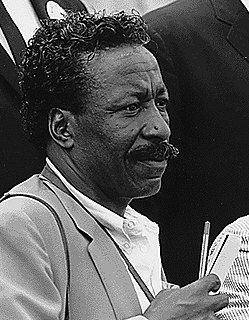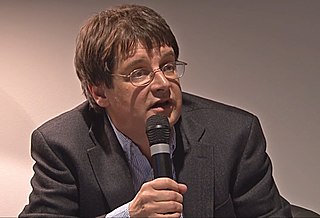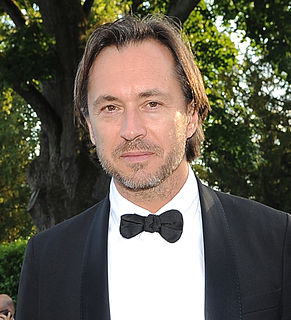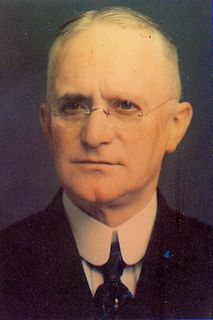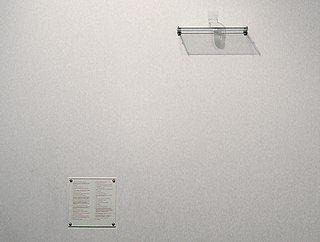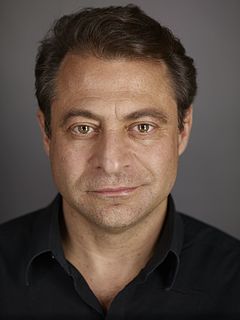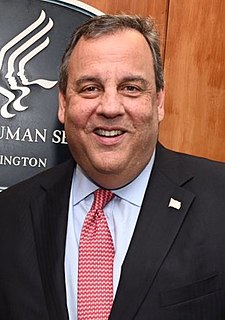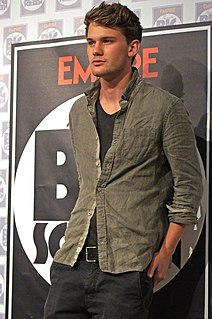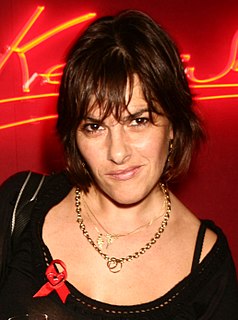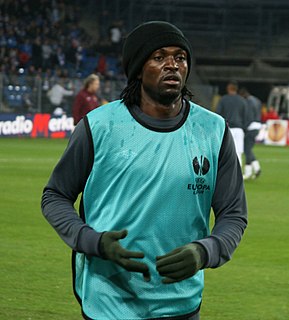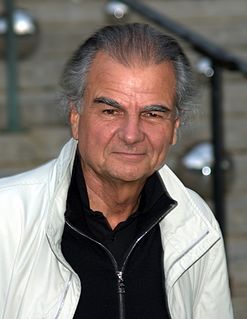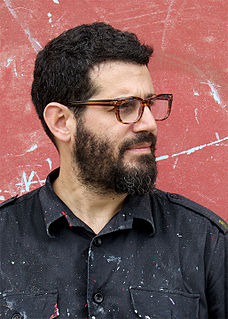A Quote by Gordon Parks
The man at Kodak told me the shots were very good and if I kept it up, they would give me an exhibition. Later, Kodak gave me my first exhibition.
Related Quotes
I'm so immersed in my little world that I don't often sit back and pay attention to what's going on around me. It truly stuns me when people recognize me. Obviously, I'm not a film star, but even at a design exhibition or art exhibition, if someone comes up to me, I'm sort of taken aback. I don't think of myself like that. But if I can have an effect on young designers, that's great - particularly young designers coming from Australia. Europeans grew up with design. The rest of us lived on tidbits of information.
I think that the exchange is very important. Before I did the exhibition in Shanghai, I was a judge for the John Moores Painting Prize and that was very interesting for me, because some of the judges are Chinese and some are British, and we look at the work together. It was fascinating that most of the time we were in complete agreement, but some of the time we were not. People send their works from all over China. For a foreigner, this gave me a very good picture about what is happening in China and its art today.
When I was growing up, there was a man who gave me lessons and things. I'm very dyslexic so he used to give me extra reading and writing. And he always knew that I was interested in stuff but he never told me that he was in the Second World War himself. One day he gave me his helmet that he had worn through the North Africa Campaign. It was just before he died. So I've got his helmet. That was pretty special to me.
The first exhibition that I used bright colours in painting the room was at a gallery in Paris, and there were seven rooms in the gallery. It was very nice gallery, not very big rooms, around the courtyard, it was a very French space. So I painted each room in different colour. When people came to the exhibition, I saw they came with a smile. Everybody smiles - this is something I never saw in my work before.
One teacher told me that my work belonged in the trash. That day I ran out of the classroom and ended up in the library, where there happened to be a black and white photography exhibition of Robert Rauschenberg's photographs of the streets of New York. The subject of his photos were exactly what I was painting about.
